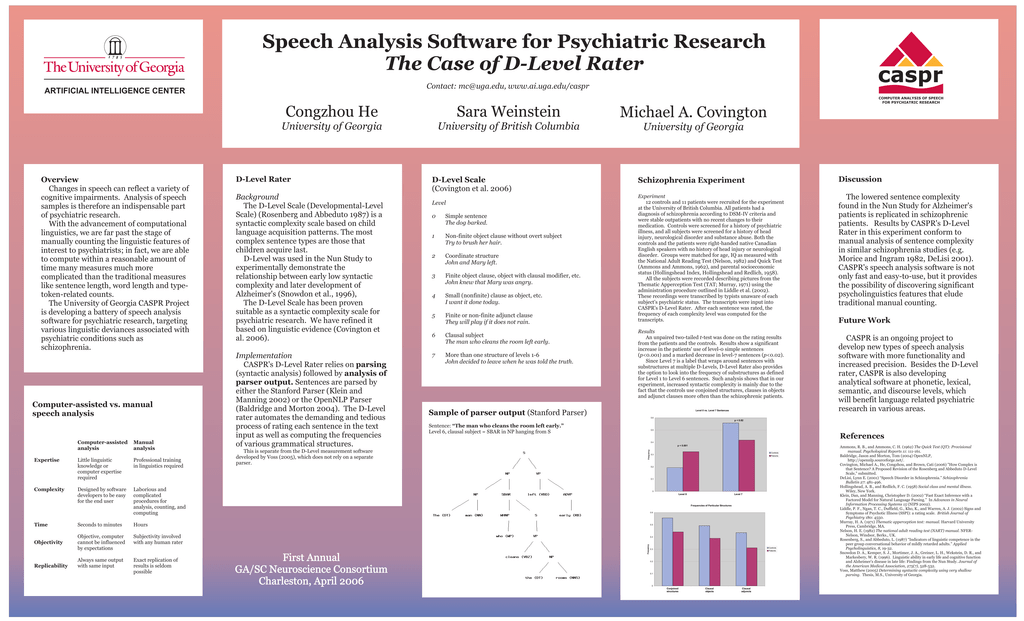

Was the speaker enthusiastic? How can you tell? Was there audience interaction? Was the message you- and we-focused, or was it I- and me-focused? Was it safe and appropriate given the audience? Were appropriate pauses used before and after the punch lines, phrases, or words? Was it relevant to the speech? Were they designed effectively? Did they complement speech arguments? Was the use of visual aids timed well with the speaker’s words? Did they add energy to the presentation or remove it? Were they simple and easy to understand? Were they easy to see? Would an additional visual aid help to convey the message? Did article critique example essay make appropriate use of the speaking area? Did the speaker’s posture display confidence and poise? Were gestures natural, timely, and complementary? Were gestures easy to see? Does the speaker have any distracting mannerisms? Was eye contact effective in connecting the speaker to the whole audience? Was the speaker easy to hear? Were loud and soft variations used appropriately? Was the speaking pace varied? Was it slow enough overall to be understandable? Were pauses used to aid understanding, heighten excitement, or provide drama? Was the language appropriate for the audience? Did the speaker articulate clearly? Were sentences short and easy to understand? Was technical jargon or unnecessarily complex language used? What rhetorical devices were used? Sometimes, a technically sound speech can still miss the mark. Was the conclusion memorable? If appropriate, was there a call-to-action? Delivery skills are like a gigantic toolbox - the best speakers know precisely when to use every tool and for what purpose. Was a hook used effectively to draw the audience into the speech? Did the speech open with a story? Did the speech opening clearly establish the intent of the presentation? Was the opening memorable? Was the presentation focused? Did all arguments, stories, anecdotes relate back to the primary objective? Were examples or statistics provided to support the arguments? Were metaphors and symbolism use to improve understanding? Was the speech organized logically? Was it easy to follow? Did the speaker transition smoothly from one part of the presentation to the next? Like the opening, the words, body language, and visuals in the speech conclusion are all critical to speaking success. Due to the primacy effect, words, body language, and visuals in the speech opening are all critical to speaking success. Were there other speakers before this one? Were their messages similar, opposed, or unrelated? How was the speaker introduced? Did the introduction establish why the audience should listen to this speaker with this topic at this time? What body language was demonstrated by the speaker as they approached the speaking area? This article has been created with the help of Essay Writers!īody language at this moment will often indicate their level of confidence. Focus is important - extraneous information can weaken an otherwise effective argument.

Where and when is the speech being delivered? What are the key demographic features of the audience? How large is the audience? In addition to the live audience, is there an external target audience? The content of the speech should be selected and organized to achieve the primary speech objective.

Similarly, different techniques will be applied when communicating with teenagers as opposed to communicating with corporate leaders. Was the objective achieved? A speaker will need to use different techniques to connect with an audience of 1500 than they would with an audience of 15. What is the speaker’s goal? Is it to educate, to motivate, to persuade, or to entertain? What is the primary message being delivered? Why is this person delivering this speech? Are they the right person? This post was done with the help of. Knowing the speaker’s objective is critical to analyzing the speech, and should certainly influence how you study it. These questions also apply when you conduct a self evaluation of your own speeches. Ask these questions whether you attend the presentation, or whether you view a video or read the speech text. The first in the series, this article outlines questions to ask yourself when assessing a presentation. Later articles will examine Toastmasters evaluation contests and speech evaluation forms and resources.
#Ispeech critique how to
You will learn how to study a speech and how to deliver an effective speech evaluation.
#Ispeech critique series
The Speech Analysis Series is a series of articles examining different aspects of presentation analysis. The ability to analyze a speech will accelerate the growth of any speaker. Studying other speakers is a critical skill, one of the 25 essential skills for a public speaker.


 0 kommentar(er)
0 kommentar(er)
